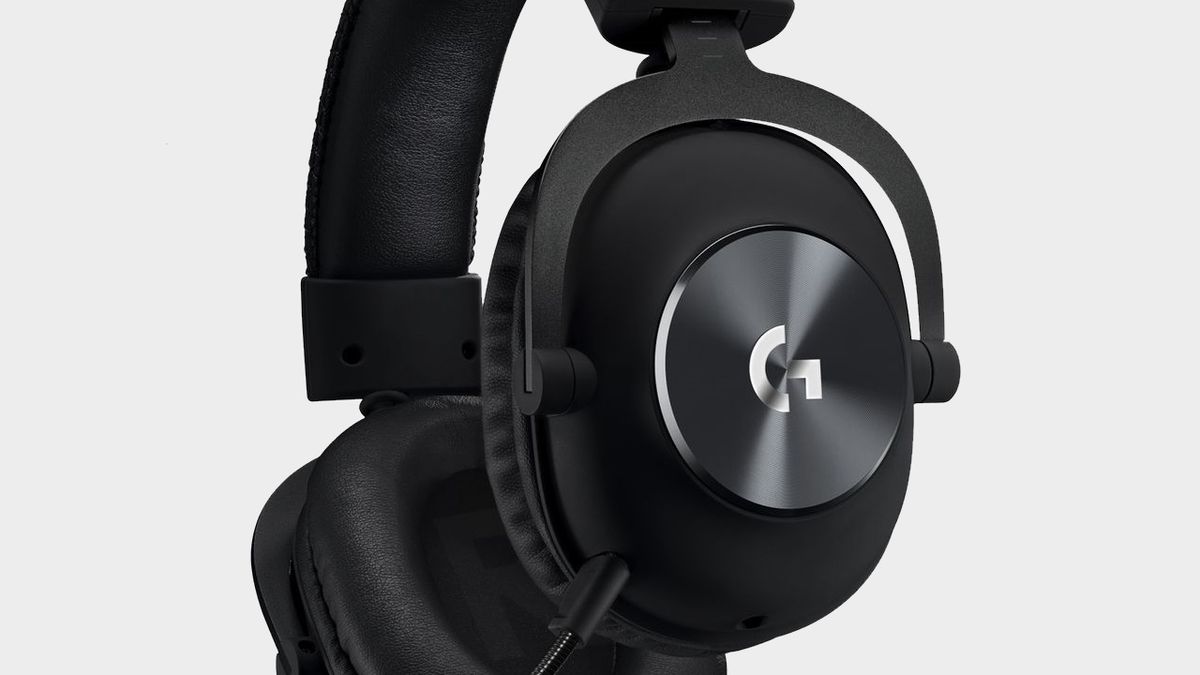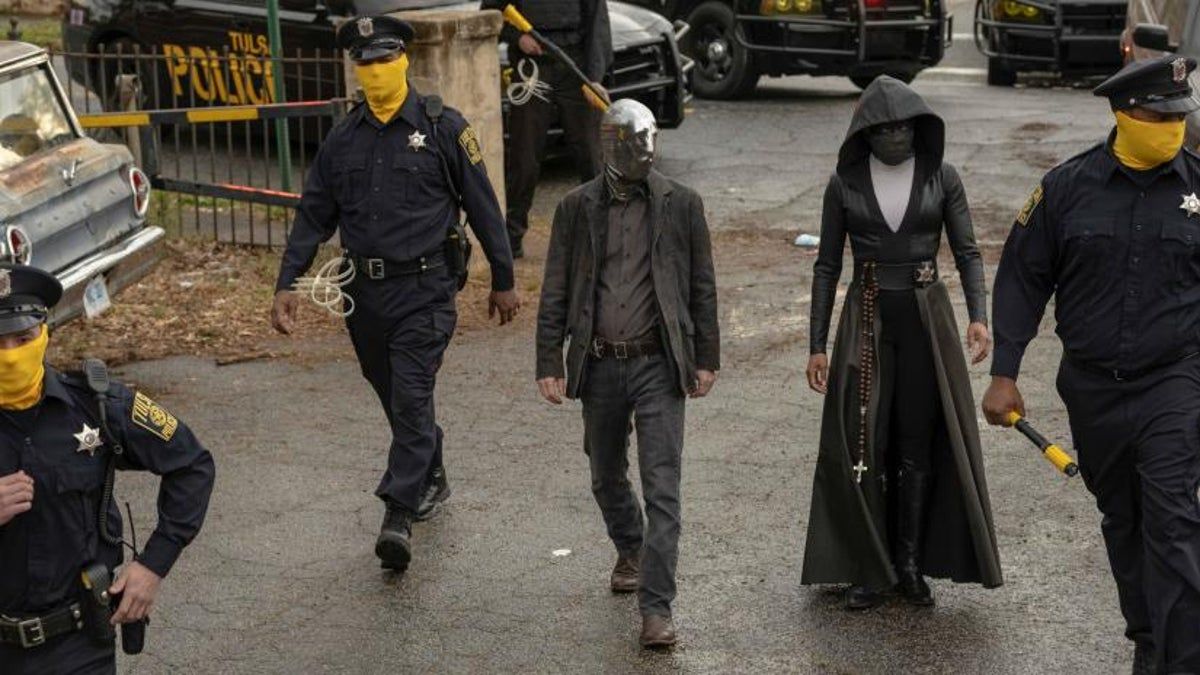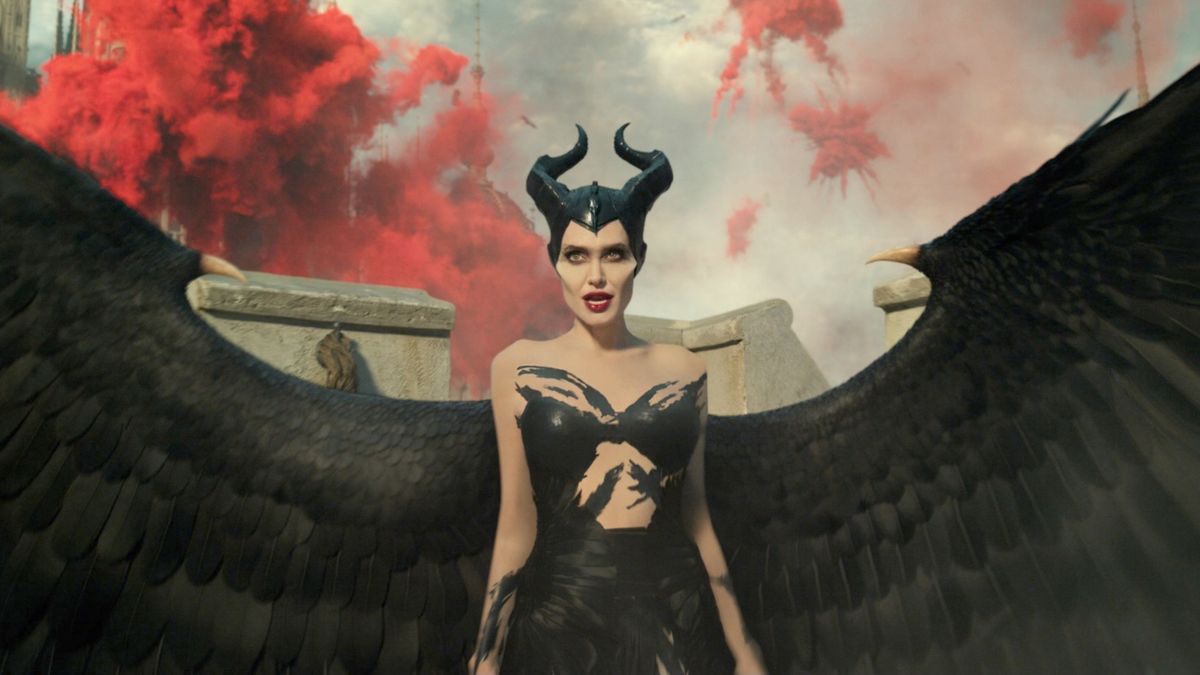But forget the intro you just read – let’s pretend it’s a new game and made by Joe Schmoe. Why should you care in 2011? What you get for your money is just ONE chunky polygonal race car with either automatic or manual gears, 39 opponents (up to 7 human) and three magnificent examples of track design to race them around.
I appreciate that doesn’t sound like much, but the larger-than-life scenery elements and exaggerated handling mechanics make this a superb alternative to the more serious racers we’ve seen in the current generation. That Daytona Raceway license? Chucked out of the window after the title screen as instead you race under a giant fruit machine display and drift around the final corner like you’re playing OutRun 2. This isn’t realism – it’s joyous videogame exuberance.

Above: Who wouldn’t want to drift around a banked curve in this car under that sky?
As with most Sega coin-ops, the game is instantly fun on your first go. It’s fast, extremely fluid, full of incident and features a delay-saturated announcer enthusing over the action. And with catch-up switched on in multiplayer, anyone can play it regardless of skill. Even my mum (who won’t play games because she says she’ll ‘fall off’) enjoyed it back in the day – it’s universal. Can’t say fairer than that.
One for the fans
So, newcomers can rest assured they’re in for a fun, simple arcade racing experience. For fans, however, who sat through those years of duff ports, there’s much more to talk about.
The best part is that it’s a pixel-perfect conversion of the original, only better, in an oxymoronic kind of way. The textures are untouched, but the draw distance is increased. Surprisingly, there’s still some pop-in on Seaside Street Galaxy (inexplicable, really, considering Daytona uses fewer polys than the original Virtua Racing), but everything else, from the physics of the cones when you hit them to the detail redraw in the middle-distance is 100% faithful.

Above: Don’t let those ancient road textures put you off – the game still looks superb in motion
But what’s best of all is that the car handling remains unchanged. For a game most people remember as being about going around an oval, the depth here is phenomenal. Personally, I can’t believe I’ve discovered new nuances while playing this version, despite some 18 years of Daytona experience, but it’s true – I have. At last, I understand why the Saturn conversion featured a ‘one button for each gear’ control method. Seemed crazy at the time, but it’s actually key to the fastest lap times. Observe…
With manual gears like this, it’s possible to take mammoth corners like the right-hander at the end of Dinosaur Canyon without ever taking your foot/finger off the gas. Shift down to 2nd (or 1st if you really want to drift hard), turn in until you’re sliding, then go straight into third, redline through the corner then shift to 4th to shoot off down the straight, still at near enough top speed.

Above: About a 130 degree direction change and only 33kph lost? Manual gears FTW
Then there’s the rocket start – a technique that’s now a challenge in its own right thanks to the console-specific Mission mode. The challenges are simple enough for a Daytona veteran, but it’s all extra content that didn’t have to be developed at all. But I’m glad it was.

Above: The missions are clearly designed as a tutorial, but it’s worth learning how the game works
 Game News Video Games Reviews & News
Game News Video Games Reviews & News



